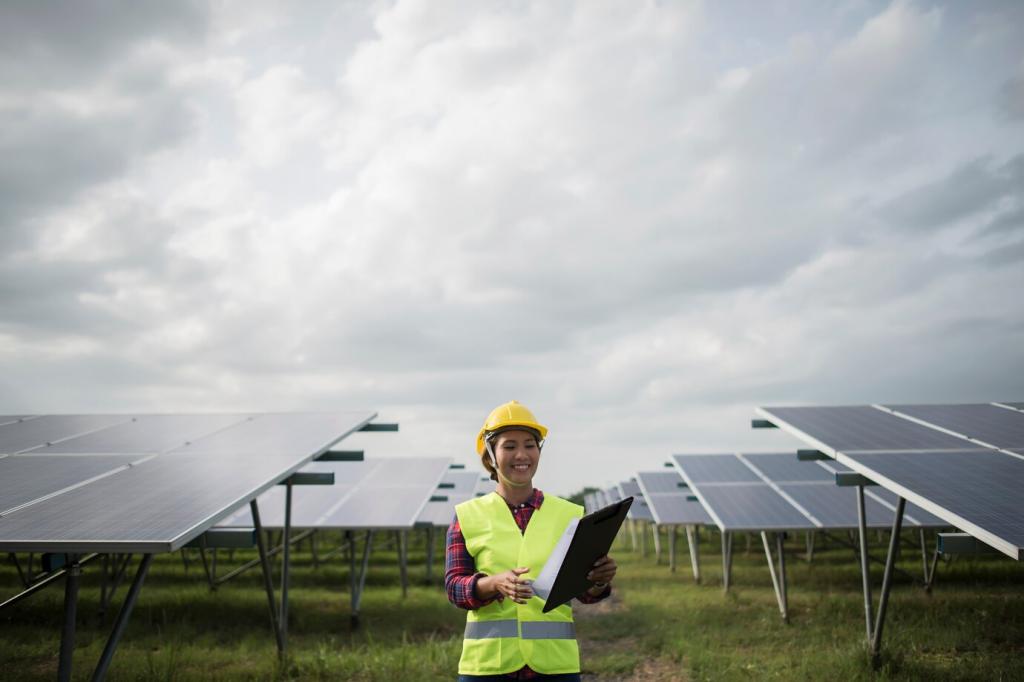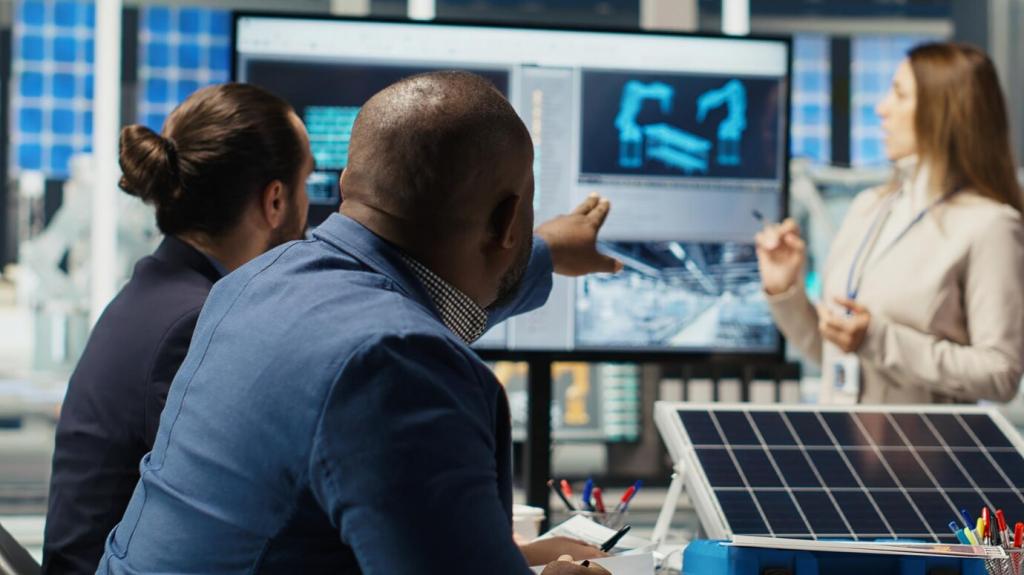Geothermal energy is experiencing a renaissance as advances in technology and renewed global commitment to sustainable energy drive innovation in the sector. No longer limited to volcanic regions or large-scale power plants, emerging trends in geothermal energy are expanding access and efficiency, leveraging new methodologies, materials, and approaches. This web page explores the transformative developments shaping the geothermal landscape, highlighting how these trends promise to revolutionize how heat stored within the Earth powers our communities, industries, and future.

Previous slide
Next slide
Urban centers around the world are harnessing geothermal energy through modern district heating networks that distribute heat directly to homes, offices, and public facilities. New projects in Europe, Asia, and North America showcase scalable systems using low-temperature geothermal sources coupled with advanced piping and storage technologies. These networks offer improved energy efficiency, lower greenhouse gas emissions, and stable energy prices, positioning geothermal as a cornerstone of resilient urban infrastructure. The scalability and adaptability of these networks are vital in meeting the heating demands of growing cities.
Direct Use and District Heating Innovations

Deployment of Cutting-edge Geophysical Imaging
Modern geophysical imaging tools, such as 3D seismic tomography and magnetotelluric surveys, now provide unprecedented views of subsurface features relevant to geothermal energy. These advancements allow for deeper and more accurate visualization of heat sources, fluid pathways, and geological faults critical to successful geothermal development. Enhanced imaging also supports better well placement, maximum reservoir productivity, and improved safety by identifying potential hazards before drilling commences.

Application of Machine Learning and Big Data
Machine learning algorithms and big data analytics are transforming geothermal resource assessment by enabling the analysis of vast datasets gathered from geological surveys, drilling logs, and sensor arrays. These computational tools can identify patterns and correlations previously undetectable with traditional methods, leading to more precise predictions of resource quality and sustainability. The use of artificial intelligence speeds up decision-making, reduces exploration risk, and helps optimize the allocation of exploration budgets, making geothermal ventures more attractive for investors.
